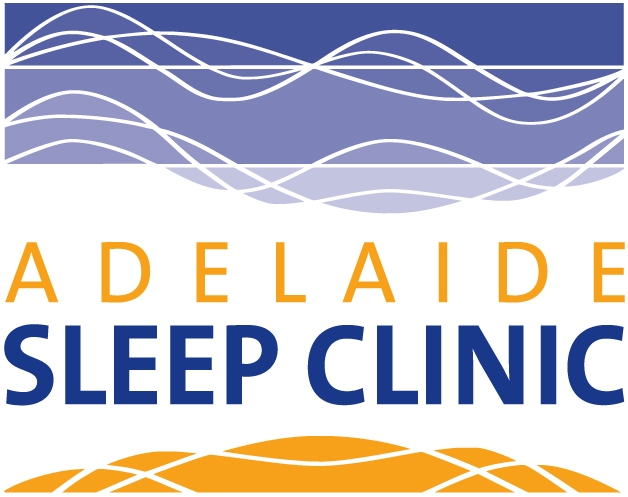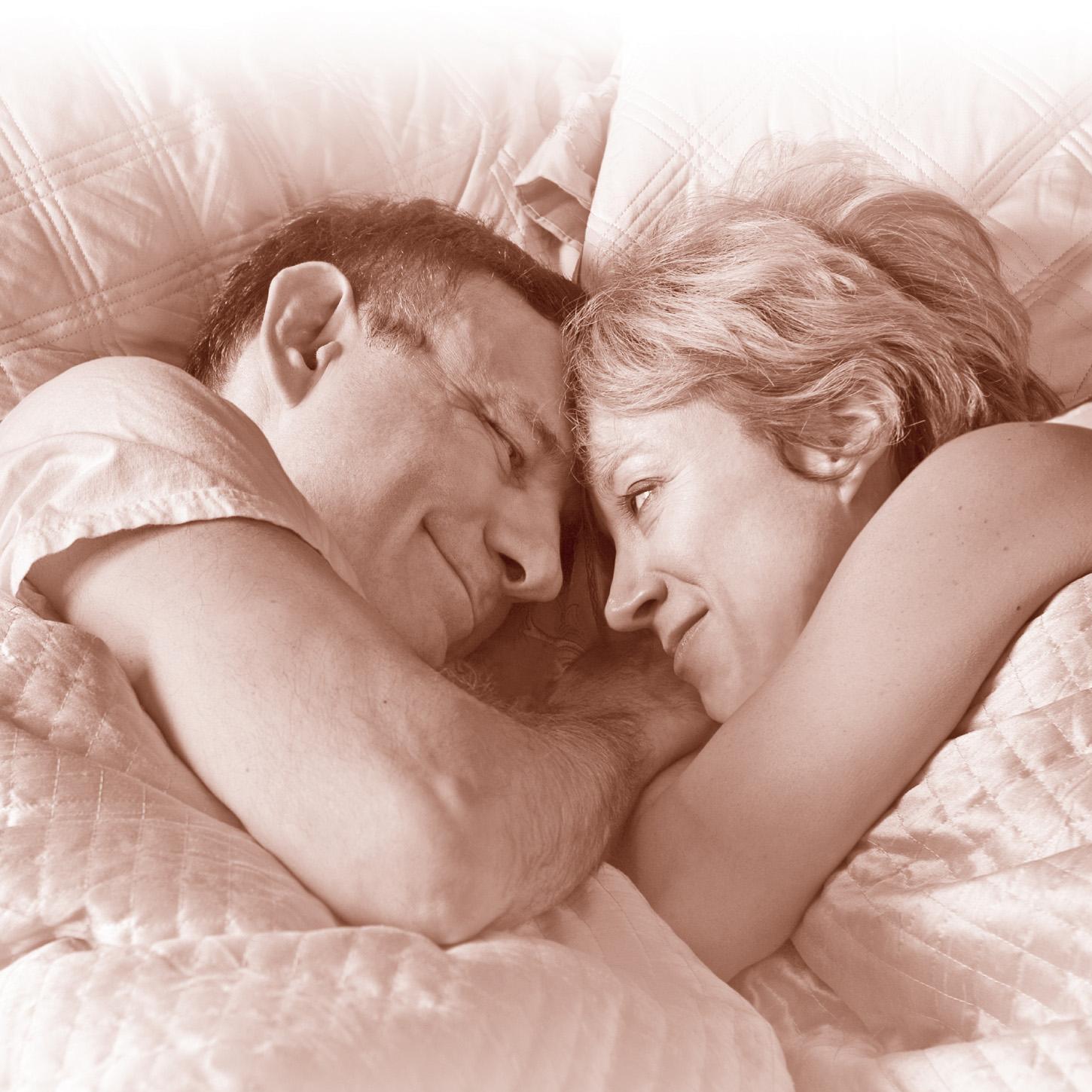|
Sleep Apnoea Over a third of people who snore have a medical disorder known as obstructive sleep apnoea (OSA) in which the soft tissues in the throat - including the tongue - collapse against the back of the throat resulting in a blockage in the upper airway. This prevents the flow of air into the lungs.
When the oxygen level in the brain becomes low enough, the person is partially aroused from sleep and the blockage in the throat is cleared - often with a loud gasp. The flow of air then starts again.
This cycle of airway blockages can occur many times per hour during sleep. The more often the episodes occur and the longer each airway blockage lasts, the more severe the condition is.
Importantly, people with sleep apnoea have disrupted sleep and lower blood oxygen levels. This is why sleep apnoea is associated with a host of health problems and excessive daytime sleepiness.

What is the classic picture of obstructive sleep apnoea?
The classic picture of obstructive sleep apnoea often includes episodes of heavy snoring. The snoring can continue at a regular pace for a period, often becoming louder, but is then interrupted by a long silent pause during which no breathing occurs. This is called an apnoea. The apnoea is then finally interrupted by a loud snort and/or gasp and the snoring returns to its regular pace. This behaviour recurs frequently throughout the night.
During the apnoeas, the oxygen level in the blood falls. Persistent low levels of oxygen are associated with many of the daytime symptoms of sleep apnoea as well as many health problems.
People with sleep apnoea are not experiencing the quality of sleep that their body requires. Sleep apnoea sufferes are simply not healthy sleepers - and this will effect their general health.
Can sleep apnoea be treated?
The good news is that sleep apnoea can be treated easily and effectively with either a mandibular advancement splint or positive airway pressure therapy.
Adelaide Sleep Clinic provides treatment for snoring and sleep apnoea using mandibular advancement splint therapy. Please see our treatment information pages to understand more about treatments for snoring and obstructive sleep apnoea.

Adelaide Sleep Clinic Helping people with snoring and sleep apnoea Suite 3a Wellington Centre
2 Portrush Road PAYNEHAM 5070 ADELAIDE, SOUTH AUSTRALIA Phone 13-000-SLEEP (13-000-75337) for an appointment
|



